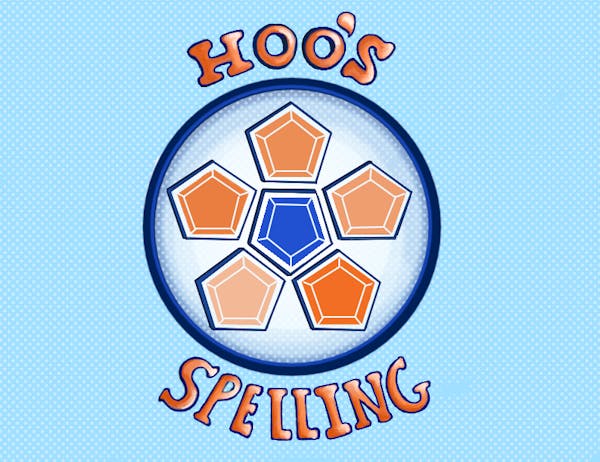The Board of Visitors announced Friday it will request $124 million over the next 10 years for renovations and maintenance projects around Grounds.
"At U.Va. so many of our buildings are historic that we're not going to tear them down, so what you have to keep doing is renewing and replacing the systems within the buildings," Director of the Budget Melody Bianchetto said.
Maintenance projects take place continuously at the University with the help of the annual maintenance budget, but the University also has a large amount of projects that have been deferred over the years, Bianchetto said.
Much of the work will take place without disturbing the daily activities that occur in the building, said Colette Sheehy, vice president for management and budget. Some of the more extensive projects, however, will require the buildings to be vacated.
Once the renovations begin, Bianchetto said it is unlikely that students will be able to notice any drastic changes around Grounds.
"It is not necessarily making things pretty -- it is fixing the systems hidden within the walls and ceilings and so forth," she said.
One of the primary projects on the maintenance agenda is the Rotunda. Sheehy said the elevators in the Rotunda are prone to malfunctions and the dome roof soon will need to be replaced. Plans for other buildings include fixing electrical and plumbing systems and brick work.
The Board-proposed plan would take place through the year 2015 and would consist of two main objectives, Sheehy said. First, the Board would like to decrease the current number of backlogged maintenance projects and then to stabilize the maintenance budget at a level where further backlogs can be prevented.
Currently, the University receives a certain amount of money from the state for upkeep, Sheehy said.
"We like what we saw in Gov. Warner's budget," she said. "He doubled the [maintenance reserve] appropriations, so we should get some more money from the state going into next year."
Still, more money will be needed to accomplish the long list of renovations and projects. Although no final decision has been made as to where the money will come from, several ideas have been put forth. Bianchetto said the idea of using state funds and unrestricted endowment income both were suggested.
Other possible solutions include increasing utility rates to help finance the repair of certain utility infrastructures, like the steam tunnels, as well as using some overhead money generated from research to aid in the repair of research facilities. The Board was not supportive of using tuition money to fix the backlog issue.
With 211 buildings over 50 years old and 62 buildings over 100 years old, Bianchetto said maintenance will be an ongoing project.






